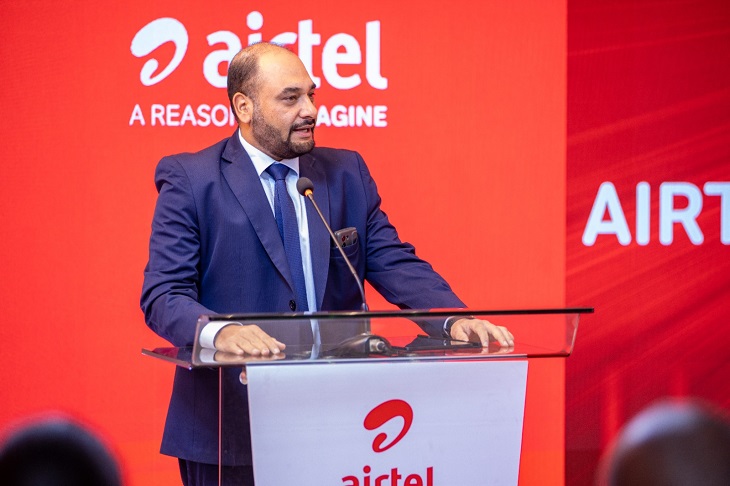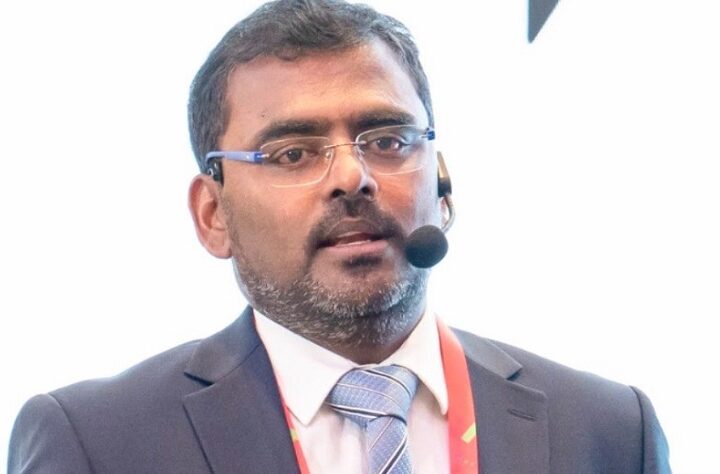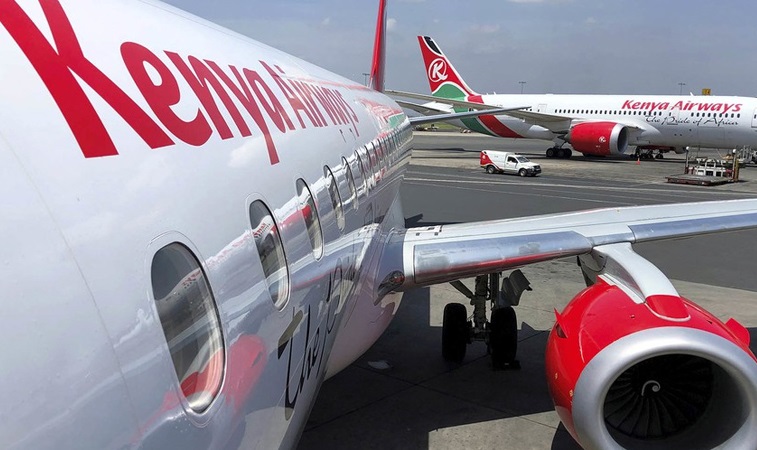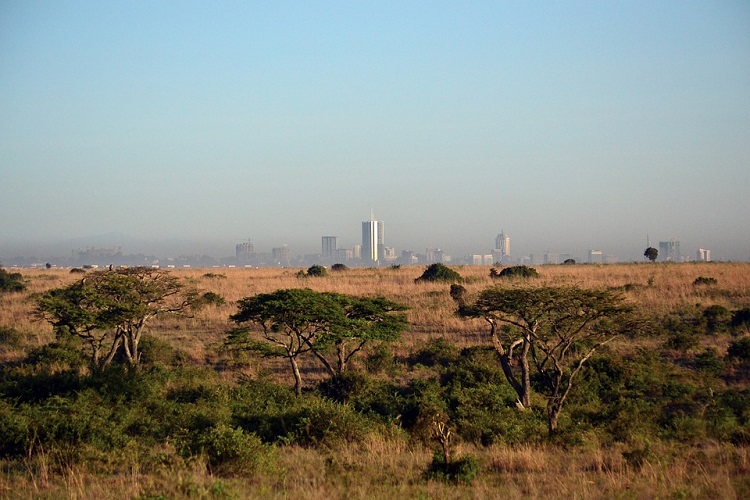The recent numbers in subscriber growth by Airtel Kenya signal a shift in Kenya’s telco landscape. Averaging around 3 million new users in Q1 alone, this growth notably surpassed Safaricom’s 1.7 million additions during the same period.
For an industry long dominated by a single player, Airtel’s rise beyond the 30% market share threshold introduces both disruption and momentum.
This growth is grounded in Airtel’s strategic expansion campaign, aptly branded “Na Bado Tunagrow.” With more towers, stronger 4G and LTE coverage, and competitive pricing for voice, data, and mobile money, Airtel is cultivating loyalty among rural subscribers and value-seeking urban customers.
This aligns with global telecom trends where coverage and affordability drive subscriber gain faster than fancy services or premium branding.
The implications are multifaceted. For one, competition is intensifying. Safaricom, long accustomed to monopoly-like dominance, now faces substantive pressure. A market share decline from around 64.4 % to 63.3 % within just one quarter is a loud wake-up call.
Airtel’s momentum may compel Safaricom to recalibrate rates, introduce aggressive bundle offers, and accelerate its rural infrastructure rollout. Kenyan consumers stand to benefit through better pricing, improved service quality, and more innovative offerings.
Beyond voice and data, Airtel’s mobile money platform is another arena turning heads. The increase in subscribers has come with notable growth in the adoption of Airtel Money in Africa, beginning to chip away at M‑Pesa’s hegemony, where the total mobile money subscriber base sits around 42.3 million by December 2024
In Kenya, where mobile finance is not a fringe service but a cornerstone of economic activity, increased Airtel Money usage will drive financial inclusion, lower transaction costs, and spur competition in the digital payments landscape. Expect pressure on Safaricom to innovate M‑Pesa or risk creeping decline.
For the broader sector – investors, regulators, and service providers- Airtel’s momentum signals that the Kenyan telecom landscape is entering a new phase: from monopoly and comfort to competitive intensity and dynamic growth. Regulatory bodies like the Communications Authority of Kenya may need to reassess guidelines on infrastructure sharing, spectrum allocation, and licensing to ensure competition yields consumer benefits without compromising service quality.
Investors, for their part, should take note of Airtel Africa’s continued commitment to capital expenditure. These subscriber gains didn’t rise from marketing gimmicks but from real investment in network and operations. That underscores the long‑term vision from Airtel’s parent group to build regional strength, complementing moves they’re making in markets like Uganda and Tanzania. It also sends a signal to global telecom capital: a renewed appetite for frontier market growth, particularly in East Africa.
However, we should not overlook the challenges. Profitability in telecom is a long-game equation: higher subscriber numbers must translate into healthy average revenue per user (ARPU), efficient cost structures, and minimal churn. Aggressive pricing can suppress ARPU. Expanding into low-income rural markets, while socially commendable, could strain margins if not accompanied by operational efficiencies or bundled services like fintech, entertainment, or enterprise solutions.
Moreover, capacity hurdles remain. If increased usage, especially data and money transactions, stresses the network, the user experience could degrade. Sustained capital inflows into tower densification, backhaul, energy management, and cybersecurity are essential. Airtel’s management will need to walk a fine line: grow fast, invest efficiently, and monetize effectively.
In the long term, sector-wide trends will shape outcomes. Urbanization, growing smartphone penetration, rising incomes, and evolving consumer habits will drive demand. But the telecom tier is also becoming less about connectivity and more about platforms: digital content, fintech, cloud services, and IoT. Airtel’s ability to leverage its subscriber base into ecosystems – bundles, partnerships (like MVNOs such as Equitel), financial services, and B2B offerings- will define whether it can sustain momentum.
Related Content: Airtel Africa Reports 22.4% Surge in Revenue, Huge Junk From East Africa












